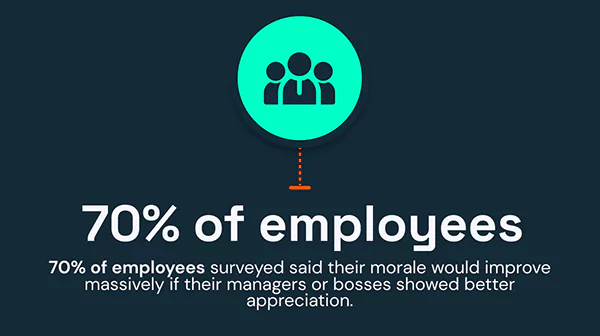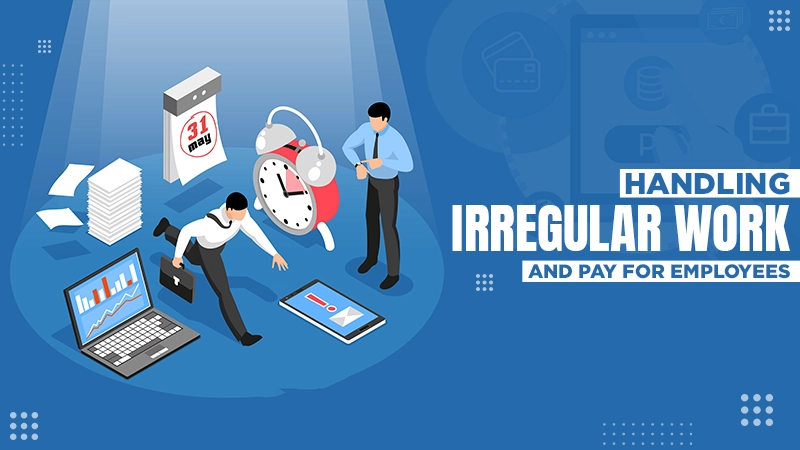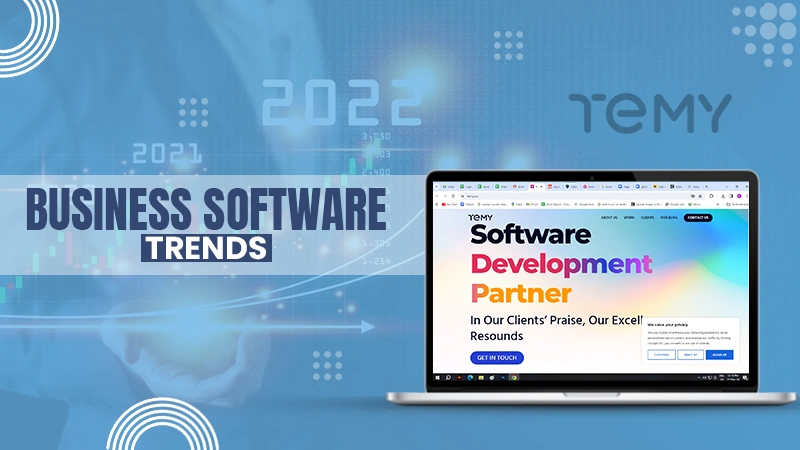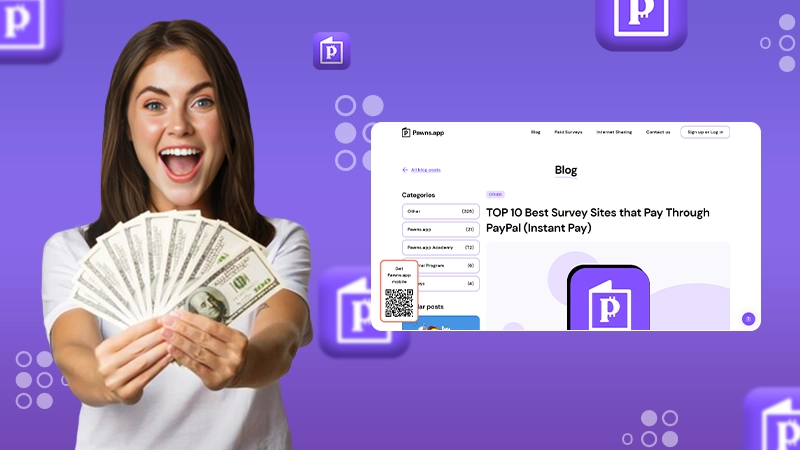Understanding the Importance of an Employee Experience Framework
You know, employees are the core of any organization, without them you won’t even have a company to begin with.
So, creating a company environment that is employees first is pretty important for the success of your company.
But, creating an employee experience framework pretty much starts with getting to know what actually drives them.
People will always look for a place that they feel comfortable to be in, a place where they get a sense of being part of a community that gives them some purpose.
Practically speaking, employees will look for a workplace where their personal goals align with those of their companies.
It should also be a place where their knowledge and skills are valued too.
They are looking for moments that matter and can help companies prioritize employee experience initiatives.
These can include everything from introducing new hires to the company culture to providing managers with tools for ongoing microlearning.
Employee Engagement
It is basically the level of enthusiasm and commitment that workers have for their jobs and companies.
Companies with high employee engagement levels are likely to have productive teams that love their work and are committed to achieving company goals.
They also have lower turnover rates, higher customer service, and better profit margins.
Developing an employee experience framework that focuses on the 5 Cs of engagement-Care, Connect, Coach, Contribute, and Congratulate.
It is pretty much a great way to help managers drive positive outcomes from their people.
But still, it’s important to remember that every employee is unique and will have different expectations.
For example, a worker who works in a role with many responsibilities might be more concerned about feeling empowered in their job and their ability to innovate.
At the same time, a person who works remotely may be more focused on the core values and mission of the organization and how those translate to their day-to-day responsibilities.
This is why you must think about the identities of your workforce and identify what moments are most important for them.
DID YOU KNOW?
Companies that combined their employee experience strategy with training and benefits saw a 56% decrease in turnovers. Those who invested in better talent management saw a 143% increase in headcount growth.
Employee Satisfaction
Well, job satisfaction is another way to make sure that your workers will feel content with their jobs and workplace.
Many factors, like compensation, work-life balance, career development, and company culture, can influence it.
A thriving workforce is key to the success of any organization.
Keeping an eye on the happiness and well-being of your employees can help you identify any issues quickly, allowing you to take prompt action.
To nurture a joyful and productive team, it is important to have an employee experience framework that prioritizes communication and empowers the workforce.
Research has shown that happy workers are more engaged, dedicated, and articulate, resulting in higher customer satisfaction.
It is also vital to have a strong leadership team that can support and motivate their teams.
A study revealed that employees’ relationships with their managers and supervisors significantly affect their overall job satisfaction.
An ineffective manager can lead to discontent and quiet quitting amongst your employees, whereas a supportive and motivating leader can propel their satisfaction to new heights.
Employee Performance
So no matter if they’re new or tenured, they need to feel that their work is meaningful and valuable.
Employee experience initiatives should incorporate the latest tools, from candidate interviews to ongoing feedback systems.
Increasingly, these include pulse surveys and open conversations (e.g., manager and workforce evaluations) to create a more holistic view of workforce happiness.
Companies should also consider instituting a net promoter score to get a clear picture of the overall value of their employee experience.
Similarly, ensuring that the tools and resources employees need to complete their work are easy to use and streamlined will help improve performance.
Besides, having a strong performance management framework should ensure that managers and employees are on the same page regarding expectations and responsibilities, reducing misunderstandings.
This is the essence of enablement, an approach to improving productivity that the fields of positive psychology and human-centered design have heavily influenced.
In fact, according to MIT CISR research, organizations that invest in their employee experiences deliver twice the amount of innovation and achieve 25% higher profits than those that don’t.
Employee Retention
Employee retention is necessary because it shows how many have chosen to stay with your organization over a certain period of time.
It is also a pretty major indicator of the health of your company’s culture and work-life balance.
Workers who feel valued and have a solid work-life balance tend to be more engaged with the company, making it harder for them to quit.
To calculate your retention rate, add the number of employees who stayed in your company during a given period to the total number of workers who worked for your organization on the first day of the measurement period.
You’ll want to refrain from counting new hires since they may have arrived in the middle of the period.
You can also break your employee retention rate down to the level of department or position.
This granularity helps identify any issues with specific departments or managers.
For example, if your marketing team has a high turnover, you could investigate why this is the case.
Your managers may not be providing sufficient guidance and support to their teams.

Employee Health & Wellbeing
Employee health and well-being are a big part of the experience.
They can improve productivity, morale, and the overall workplace culture.
They also help create a healthy work environment and reduce absenteeism, healthcare, and turnover costs.
Organizations can use their employee experience framework to assess and measure the quality of their wellness programs.
They can do this through one-to-one conversations with managers, staff surveys, and HR portal software.
The onboarding stage is their initial contact with their new employer.
Workers typically have questions about their benefits, expectations, and responsibilities during this stage.
This is where an employee experience framework can be used to ensure that all of them can have a smooth transition into the company and are given everything they need to succeed.
They can also be motivated by many different things, like rewards, recognition, learning and development, work/life balance, belonging, and a sense of purpose.
A well-rounded employee experience framework will allow organizations to cater to the unique needs of each individual.
For example, focusing on diversity, equity, and inclusion (DEI) can boost engagement, productivity, and well-being.
TL;DR
So, by adding these elements to your company’s employee experience framework, you can create a more engaging, supportive, and fulfilling work environment for your staff.
Plus, a good experience framework is pretty important if you want to create a place that supports your employee’s growth, development, and satisfaction.
So, if you focus more on giving your staff the best workplace experience and creating a culture of care and compassion that promotes innovation, agility, and digital transformation, your company’s success will be in the palm of your hands.








